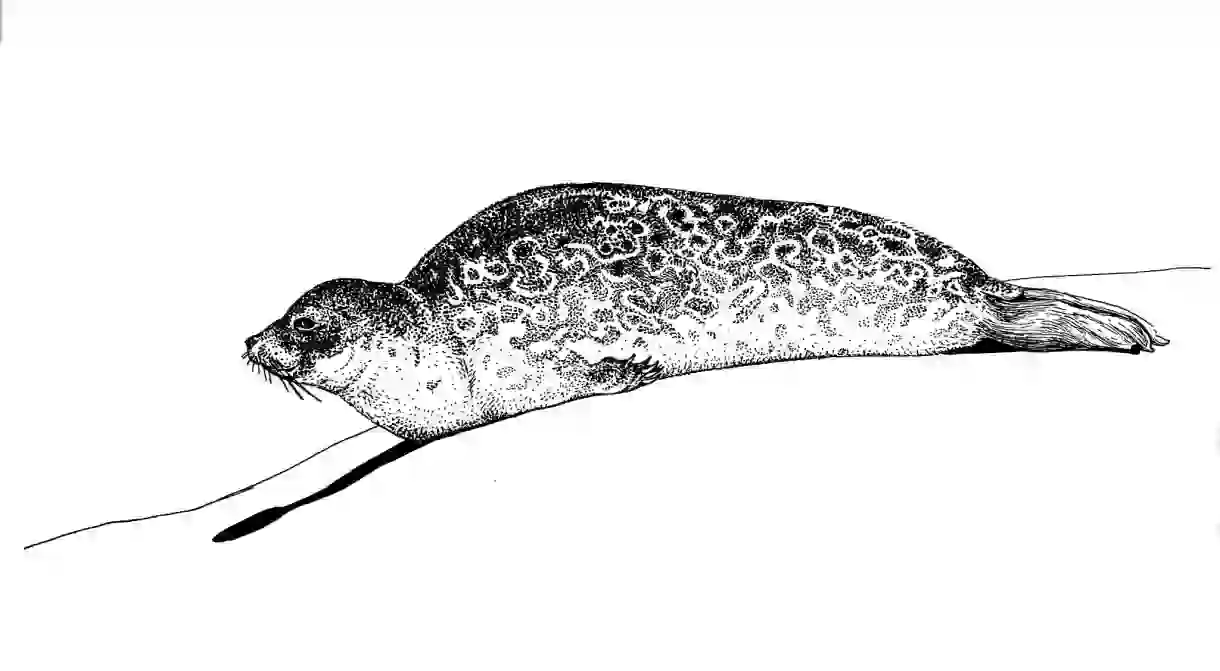Why Population of Finland's Rare Seals Is Increasing

Finland is well known for its beautiful wildlife, especially moose, bears, and reindeer. But one of Finland’s most iconic animals – the Saimaa ringed seal – is ironically also its rarest.
The Saimaa ringed seal is the rarest species of seal in the world, with the entire population living in the Saimaa lake system in Eastern Finland, having been cut off from the ocean after the previous ice age 8,000 years ago. The seals are highly recognisable by the rondel patterns on their fur, which are as unique to them as human fingerprints.

Unfortunately, the number of Saimaa ringed seals dropped dramatically in the 20th century due to hunting, fishing, human interference, and pollution. The population is now fewer than 400 seals, putting the species at great risk of becoming extinct. In 1955, measures started being taken to protect the seals and increase their population, but it is only recently that real improvements have been seen. These are some of the ways that conservationists are protecting Finland’s most rare and beautiful seal for the future:
Changes to the law
When the threat to the Saimaa ringed seal was recognised, the Finnish government was quick to label it as a protected species, establish national parks in the Lake Saimaa area, and ban hunting of the seals. However, numbers still remained low due to pups becoming caught in fishing nets, which was estimated to kill half of all pups. This resulted in a restriction on fishing in Lake Saimaa and bans on equipment which could harm the seals, despite the controversy this caused as local anglers blamed the seals of eating up their catch (a Saimaa ringed seal eats up to 1,000 kg of fish each year). Outflow of the lake water was also restricted in 1991 to prevent fluctuating water levels from destroying the seal’s winter lairs.

Increased awareness
Environmentalists are also increasing awareness of the seal’s plight so that the public will support their efforts and donate money for conservation (such as buying seal-friendly fishing nets for anglers). Seal merchandise is sold in the WWF stores and school children regularly receive talks about them. These seals have even appeared on Finnish coins and stamps.

However, there has also been a downside to this move. Increased awareness of the seals means that more people are heading to Lake Saimaa to see them, which actually puts the seals in more danger. The seals can be scared out of the homes into the icy waters, which is especially dangerous for pups. Members of the public are instead being told not to go purposefully looking for the seals. Instead, a live webcam is set up during the breeding months and streamed on the WWF website to allow people to observe the seals from a safe distance. It has been a huge success, with last year’s live stream receiving over 3 million views over only a few months. Measures such as these have caused more volunteers to help with conservation and more anglers to give up their fishing nets.

Artificial snow banks
Despite the best efforts of environmentalists, progress was initially slow. In the 1980s, the population had fallen to merely 120 seals.

After much research, it was discovered that the loss of their winter nests due to either insufficient snow cover or flooding was the largest cause of population decline. These shore-side nests are especially important, as they are where the seals give birth to and raise their pups. Mothers were giving birth on open ice with no shelter or protection from predators. During some years, over half of all pups died within their first year. For the past few years, conservationists have been building artificial snow banks to make up for the insufficient snow coverage so that the seals to build their nests.

This proved to be the holy grail for conservationists. In the 2016 breeding season, despite being a particularly warm winter with significantly less snow cover, a record 86 pups were born. Then, 2017 saw a slight drop with 81 seals born, but since 90 percent of the pups were raised in the artificial snow banks, it is still a positive step forward.
Future plans
The success of these conservation methods, and especially the artificial snow banks, makes it more and more likely that the Saimaa ringed seal will be saved from extinction. There are still some obstacles to overcome, however. Summer houses are still being built on the shores of Lake Saimaa, which can potentially disturb the seal’s breeding grounds. Climate change is also an ongoing issue that wildlife conservationists can do little about.
The WWF now aims to bring the seal population up to 400, which is regarded as a safe level. With the 2018 breeding season about to begin, both environmentalists and nature lovers can be hopeful that the Saimaa ringed seal will survive into the future.













